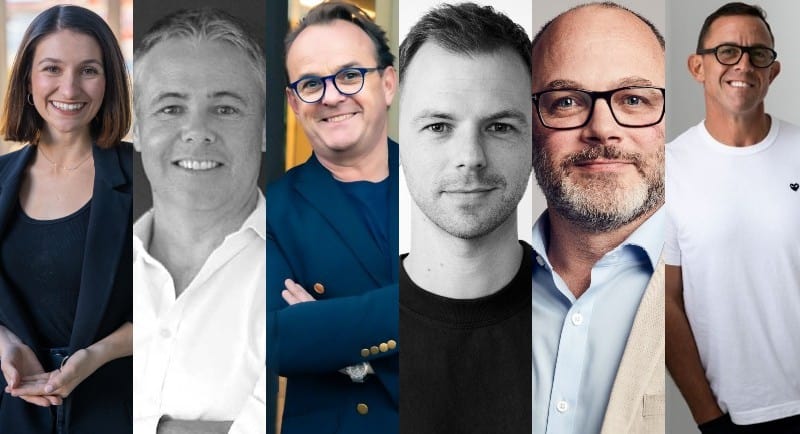The Australian media industry has had a robust 12 months as agencies got back into the swing of things following the impact of the pandemic.
Growth, e-commerce and launching new revenue streams have been common denominators for many agencies, but so have challenges such as the talent crisis, demand for transparency and budget reductions.
Mediaweek spoke with media agency leaders from a range of different sectors to get their reflections on 2022, their thoughts on the industry and their outlook for the agency in the year ahead.
Veronica Cremen, managing director – Vonnimedia
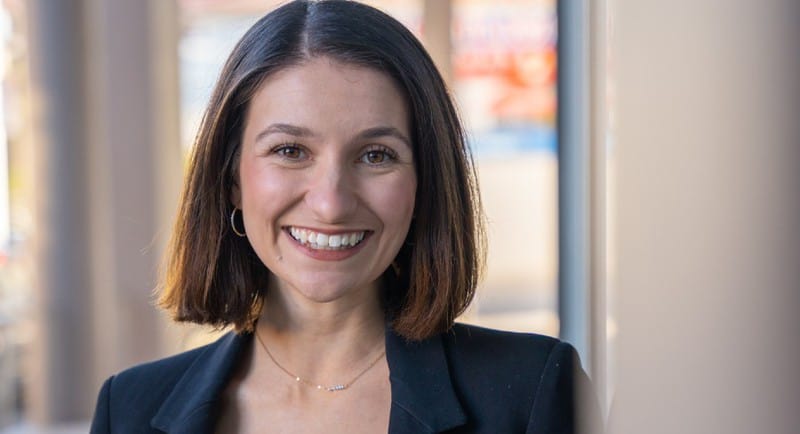
Veronica Cremen
What have been key highlights in your agency in 2022?
Managing director Veronica Cremen shared that 2022 has been a successful year for Vonnimedia.
“A highlight for Vonnimedia is being back out and working closely with clients and bringing the team back together more frequently in a hybrid world,” she said.
Cremen also noted the launch of its second agency, Creatoroo, as another highlight for the agency.
“Creatoroo is a UGC Agency (User-Generated Content), which delivers content from creators to brands straight to their inbox,” she explained. “It is the perfect service for brands that require highly engaging, relatable, social media-led content that converts.”
What are your thoughts on the current state of the industry?
Looking at the current state of the industry, Cremen said that building a community and having a relationship with customers is a key factor of a “brand’s equity”.
“This can be achieved through digital, wholesale and/or retail. The key is to communicate with your customer in a way that delivers value, as your brand’s value is owned by them.”
Cremen noted that the industry has also proven the importance of top-of-the-funnel brand awareness to compete and remain in a target market’s line of sight
“With the rise of acquisition costs, advertisers, and creative – it is more important than ever to keep growing your awareness and capture underpriced attention, where thereby you can retarget down the funnel,” she said.
Cremen also noted that Meta continues to be the most sophisticated Paid Social for ROAS because it is the only channel that has the perfect trifecta of all of the digital platforms
“It has the level of sophistication in its targeting and product to engage customers, the scale to limit exhausting audiences and is underpriced for the value it provides when done correctly,” she said.
“Other paid social platforms can be seen as growth bets to diversify your channel mix. This is where you use a testing portion of your budget to season their pixels, and through their outbound clicks, this can help serve Meta’s retargeting efforts,” she added.
How much of an impact has economic uncertainty been in 2022?
Cremen noted that post-pandemic, some customers and their confidence in e-commerce and retail have been tested.
“With a solid marketing strategy in place, clients can capitalise and be proactive to continue prioritising their digital channels,” she optimistically added.
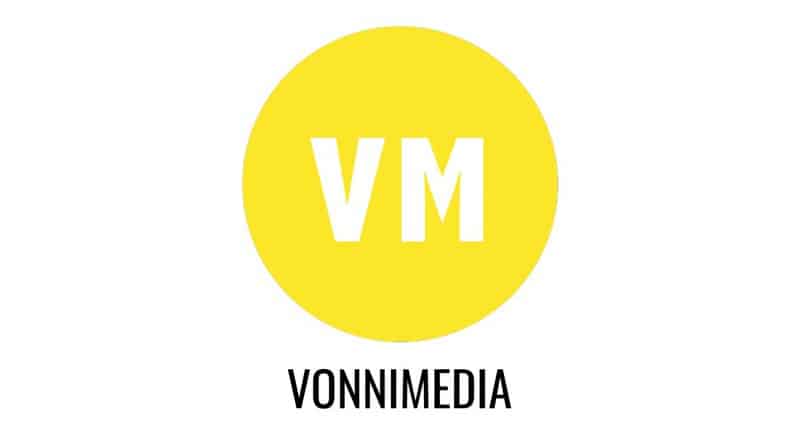
Looking ahead, what do you see are the key trends of 2023?
Though customer uncertainty is predicted for 2023, Cremen remained optimistic about the opportunities to capitalise on ad spend market reductions which will reduce CPM’s.
“With corporates pulling back their spend in 2023, this creates an opportunity for smaller-sized businesses to get in front of their target audience at a cheaper CPM rate, hopefully, in-line with 2019-2020 results.”
Cremen noted a trend in storytelling capabilities through content, particularly video, in the new year. She said such capabilities: “ will be more important than ever to capture attention and provide inspiration to your customers – building an emotional connection to the brand and driving them to purchase.”
Cremen also pointed to SMS marketing as an area of growth and excitement in the year ahead. She explained: “I see users becoming more open to the convenience and experience of SMS engagements.”
What are three industry issues on your mind?
Cremen noted the difficulty of data measurement and attribution as privacy protocols evolve as one of the industry issues on her mind.
“From a baseline perspective, YoY (2021 vs 2022) post iOS shows downward trends in Meta’s ROAS, MER (marketing effectiveness rate), CVR, and upward trends in CPM’s.”
Cremen also noted hiring top talent for mid-management marketing roles as another industry issue on her mind.
“With the need for technical, creative, and relational skills, I believe there is a gap in the industry and has a high demand.”
Rounding her top three, Cremen said: “I believe the next step is to continue to educate in the performance marketing space that ROAS is not the whole story.
“There are a plethora of other metrics that need to sing with the health of the business to paint the whole picture. As marketers, we constantly need to be learning and pushing forward as the industry continues to rapidly evolve. What works this year, may not work the next,” she said.
Luke Sullivan, chief executive officer – Sandbox Media
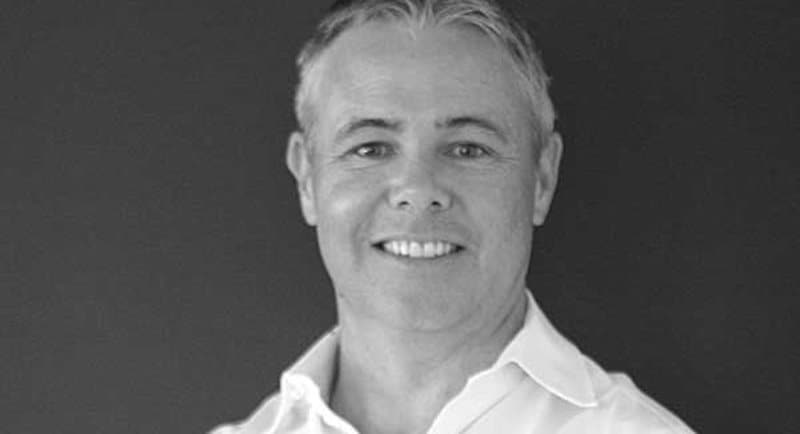
Luke Sullivan
What have been key highlights in your agency in 2022?
Sandbox Media has had a number of successes this year. For chief executive officer Luke Sullivan, he noted the purchase of two new offices, which will be ready for occupancy next year.
The new offices cement its location on Sydney’s Northern Beaches. She said: “We are well known across the industry for that point of difference.
“Originally, the majority of our team was based on the Northern Beaches, but that has evolved over time, and our staff now travel from everywhere. Sandbox always had flexibility in our working arrangements, but post-pandemic, we made it official and work 2- 3 days in the office, which is a really nice balance.”
Sullivan also pointed out Sandbox Media’s growth and new partner opportunities at its office in Auckland, New Zealad.
“Over the covid period travel restrictions and spend reductions slowed our plans for this market, but we see solid growth opportunities in NZ going forward.
Looking ahead, what do you see are the key trends of 2023?
Sullivan shared that the agency has some great opportunities in the year ahead.
“There can be temptation for marketers to have their focus taken off course trying to get too granular and over analysis causing paralysis in decision making,” he said.
Sullivan noted that understanding the fundamentals, correlation and drivers between search, web, and all media is key.
“They can all have a role to play, and marketers need to remind themselves not to just focus on the favourite child but look at the whole picture, not necessarily the most comfortable one,” he explained.
Sullivan also said that at Sandbox Media, they will be investing in more search talent and looking for extended service relationships to give marketers transparency and ease in making the right decisions.
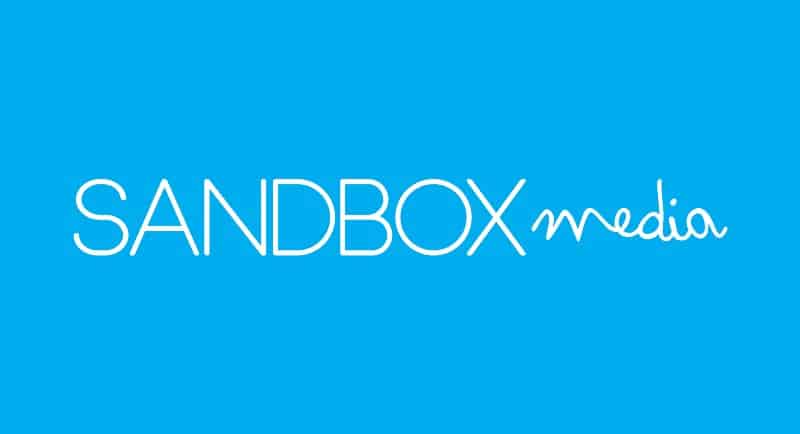
What are three industry issues on your mind?
In addition to well-documented media industry challenges, such as recruiting and retaining talent, Sullivan pointed to the change of pace, particularly across digital and programmatic. “More players, forever changing models, higher costs. It’s relentless,” he said.
Another industry issue he pointed to is the changing economic conditions. Sullivan explained that the challenge now is working closely with clients, so they not only balance the accountants’ budget for marketing but adjust and understand their soaring operating costs.
“Some of our clients have told us of increased cost in production and logistics totalling over 200%. The conversations with marketers around investing in brand versus performance in a downturn are well and truly underway,” he added.
Sullivan noted that transparency in the pitching process as another industry issue on his mind, much like many agencies.
“Like others, we have learnt along the journey some prospective clients are not truthful about the pitch process when really they are just after three cost appraisals to benchmark so they can meet procurement expectations every three years,” he said.
“Sometimes they have already pre-determined a winner, or others just make a play to steal your ideas. We don’t want to waste precious time and commitment of agency resources unless the chemistry is there from the start and the clients have genuine reasons for pitching,” he added.
Sullivan also said that the dilution of budgets was another industry issue, particularly with regard to creative, production, content, PR, influencers, search and media.
“Ultimately, the client needs to ensure the strategy and idea is right and that there is enough money in the budget to amplify the message to as much of the audience as possible. The right balance needs to be struck,” he said.
John O’Neill, CEO – QMS
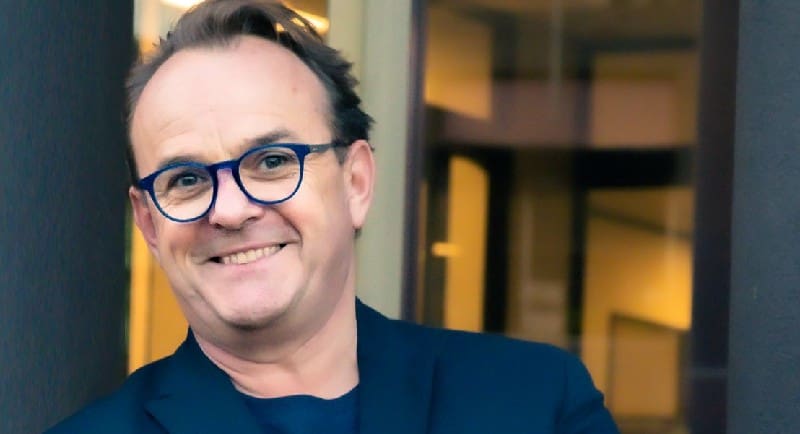
John O’Neill
What have been key highlights in your company in 2022?
For John O’Neill, CEO of QMS, the launch of its new City of Sydney street furniture was a significant highlight for the company and the OOH industry.
“For the first time, the City of Sydney can now be bought as one iconic 26 square kilometre powerhouse that reaches 2.6 million people a week, two-thirds of whom live right across the Greater Sydney region,” he said.
“It has reset the benchmark for best-in-class street furniture globally and the feedback from the industry is that it really does sit in a class of its own by finally giving advertisers true digital impact within the entire City of Sydney, where large format is virtually non-existent.”
“With a network made of highly impactful digital screens that are easy to access with data-informed packages, advertisers are using our new City of Sydney network as a starting point for any brief wanting major audience reach within the most prestigious OOH footprint in Australia,” he added.
O’Neill also noted the other major highlight has been the success of the attention pilot study we ran with Amplified Intelligence which will now be rolled out across multiple QMS DOOH formats.
“This study will be the first of its kind globally for OOH and will form a critically important step in enhancing how we, as an industry, measure our audiences and their engagement with our medium,” he explained.
What are your thoughts on the current state of the media and marketing industry?
O’Neill said that while the economic outlook is uncertain and there is difficulty in predicting consumer spending patterns, there is a demand for OOH.
“DOOH remains strong, and our forward bookings into 2023 are looking good.”
O’Neill also noted that they are seeing advertisers return to the medium and increase their spend as our offering continues to grow.
“With DOOH, we are also seeing new categories coming to QMS for the first time, and we only expect that will continue in 2023. Part of our focus in 2023 will be to continue to educate the market about the power of DOOH and the results it generates,” he said.
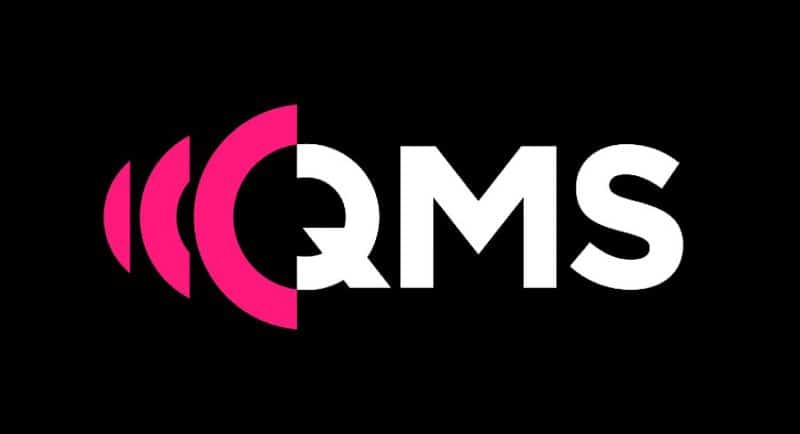
How much of an impact has economic uncertainty been in 2022?
O’Neill said: “Digital media that can offer transparency and guaranteed commitments have not been as impacted as others.”
“So as a digital-by-design business, with 94% of our inventory being digital, we are confident that the audience scale we can deliver daily, combined with the data and flexibility we can offer clients, will continue to see positive returns in 2023 and beyond.”
Looking ahead, what do you see are the key trends of 2023?
For the OOH industry, O’Neill the three key trends for the year ahead:
1. Further focus and uptake of DOOH as a full funnel medium: Outdoor has long been famous for creating big awareness for brands. However, our newest study with Neuro-Insights shows that with greater digitisation, programmatic expansion and increased data integration, DOOH can impact long term memory encoding by 22% across the entire sales funnel.
2. Unlocking the creative potential of DOOH to maximise its effect on big audiences: Our multi-market, multi-format 3DOOH offering has really started to generate more positive engagement with marketers and creatives.
DOOH is providing a platform for more meaningful conversations on how to utilise DOOH creative better to engage and capture the attention of audiences across more locations and formats versus one-off stunts for social media and PR.
DOOH allows clients to evolve and change creative with speed and ease and neuroscience has proven that this can make campaigns 38% more memorable.
3. Accountability and transparency are crucial to the growth and future of the industry: That is why we have committed to providing a higher level of accountability and transparency in our delivery, which creates trust in QMS and in the broader OOH industry.
At QMS, our goal is to guarantee that 100% of an advertiser’s share of time will be delivered evenly across every hour, ensuring that audience performance is never compromised. And our verification-agnostic approach ensures our customers can rely on us to deliver, as per the approved schedule.
What are three industry issues on your mind?
For O’Neill, the three key industry on his mind are: “Transparency with clients to grow further trust in our medium; understanding the true impact of DOOH through audience attention; and DOOH creative education.”
Daniel Isaac – managing director, Wavemaker
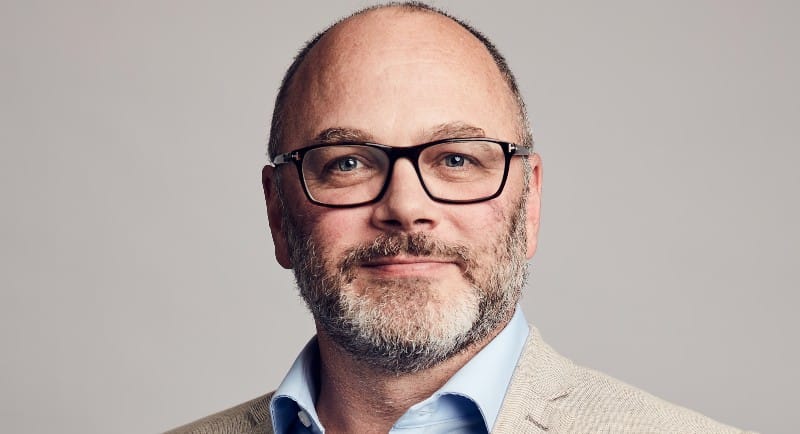
Daniel Isaac
What have been key highlights in your agency in 2022?
Daniel Isaac, who is relatively new to the role and the Wavemaker brand, noted that for him the biggest success story has been the retention of clients and talent.
“After a huge year prior with the on-boarding of the L’Oréal business, being able to not only retain but renew and improve relationships with our other amazing clients in parallel has been outstanding – a great reflection of our team’s impact and a great sign our approach of positive provocation is resonating with them and the market,” he said.
Isaac continued: “The other chapter of the retention story of course, is keeping our great people.”
“Our churn rate is super low – especially considering the situation across the market. To me, this reflects the fact our team are learning at the right pace, doing rewarding work, and that they believe in us and how we are collectively running a business they are proud of,” he added.
What are your thoughts on the current state of the industry?
Looking at the current state of the media industry, Isaac note that it is” Terrifying and exciting all at once.”
“Terrifying because we have skills and talent shortages across the industry that don’t seem to be improving, putting immense pressure on our teams and our commercials, but at a time that is so interesting and exciting to those of us in it,” he explained.
Isaac shared that he gets very frustrated at the constant chatter about the problems and the villains – such as staffing, TV ratings, cookies, Metaverse and Elon. He said: “I’d love to see more focus on what makes this a great industry to work in.”
“Despite the fact I’ve done more years than I care to admit in this business, I’m genuinely excited today about the possibilities of what we can now do to positively provoke growth for clients, with the help of good data and great, future-focused partners,” he said.
Isaac shared that he feels those who left the industry in recent years for other sectors are missing out.
“I know it will all settle, and we will attract the next wave of great digital thinkers into media and advertising again. My expectation is that 2023 will be the year our marketing efforts in selling our industry to potential talent will pay off,” he said of the future.
Isaac also shared that he has a positive outlook for the industry. He said: “I’m feeling positive about a shift in industry sentiment and returning to celebrating our work via all the new technologies we have spent the past three years adapting and, as an industry, showing off our art and innovation again.”
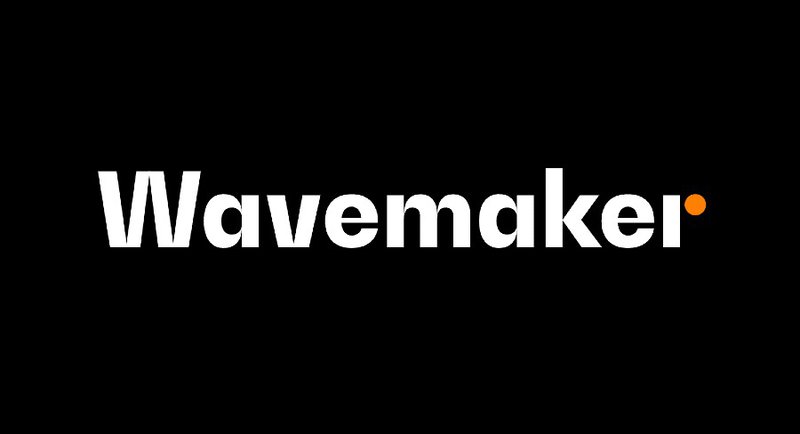
How much of an impact has economic uncertainty been in 2022?
Isaac said that for Wavemaker and their clients, there has been a mixed bag of outcomes this year.
“Some have experienced never-before-seen sales decline while others are doubling down in shifting their sales from retail to direct to consumer and are booming.
“From a spend perspective, it hasn’t really impacted us negatively, but it has evolved the strategies we employ and the ways we invest advertiser spend as we help our clients adapt,” he added.
Isaac shared that in some ways the economic uncertainty has quickly elevated and cemented the use of some of the technologies.
“In particular, the adoption of dynamic creative and addressable content delivery on a much larger scale as brands look to find relevance to more markets and to address vastly different behaviours of their audiences and buyers,” he said.
Looking ahead, what do you see are the key trends of 2023?
1. Continued in-housing of performance media
As more and more clients adopt good technology stacks and learn how to use first-party data, paired with direct sales adoption, I think some will look at how they can take part or all of this activation in-house. There’s a role for this, and I don’t think this will be at the expense of agencies. I believe performance expertise and leadership will stay in central positions like agencies, while practitioners and activation roles may be ushered in-house – possibly seconded from agency partners, which we’ve seen happen before. This allows best-in-class training and access to new platform skill learning that only comes from agency centres of excellence, while having the troops on the frontline that so many businesses now need to manage in-house stakeholders and sales teams.
2. A renewed focus on great work not great tools
We have spent the better part of the past five years showing off our shiny tools and ways of working. Now we are set to reap the rewards of that investment and the work will start being the focus once again. The planner and strategist role has changed immensely over this time, but the new and improved version is far more potent. The work celebrated will have a much better balance of results and innovation than ever before.
3. A sharp decline in linear TV spend
This may be the year we see irreversible change to our linear TV landscape and usage as an ad vehicle. The efficiency and effectiveness of Linear TV advertising is no longer aligned, but BVOD and STV offerings are appealing and fill the gap. Undoubtedly, we will see continued ad spend growth in this on-demand space, especially when paired with the addressable content growth we are already seeing.
What are three industry issues on your mind?
1. Staff Shortage
Always keeping me awake is the absence of that next new starter and the impact this has on existing employees. I also worry about keeping our people motivated and inspired to have long careers in our industry. As I already mentioned, I believe we’ll be better placed in 2023 to attract a greater range of talent with the necessary skills, as our new industry purpose of ‘We Are The Changers’ continues to build awareness of media agencies and the important work we do.
2. Salary Value
A by-product of point 1, inflated salaries and titles is a huge issue for our industry. But it’s dangerous, leading to too many people in jobs they simply aren’t equipped to succeed in (yet). This can cause great cost in reputation for individuals and agencies and put far too much pressure on those around them. We must adhere to better (industry-wide) standards when promoting and let our people grow at a far more sustainable pace.
3. Service Pricing
While we have largely recovered our pricing to far more sustainable levels when compared to the years prior to COVID (which were far more bottom-dwelling), we are still an industry largely undervalued. As a consequence, we undercharge and in turn are under-resourced and this undervalues us further. We need to reset pricing as an industry to be far more equitable for our effort and the outcomes we deliver. Paired with a smart
Simon Brock, general manager – Digitas Australia

Simon Brock
What have been key highlights in your agency in 2022?
General manager of Digitas Australia, Simon Brock proudly shared that the agency had a successful year.
“We hit our highest staff engagement scores, grew the business by double digits, won the six big pitches we went for and delivered our best performance ever.
“We also kicked off a really exciting mission to unite our talent across Australia and New Zealand to offer our people and our clients something they can’t find anywhere else,” he added.
What are your thoughts on the current state of the industry?
For Brock, the most exciting shift in the industry right now is that the marketing leaders at big Australian businesses are genuinely embracing “the notion that what a brand does is as important as what a brand says.”
“We’ve seen some exciting pitches recently where brands are actively seeking to break down the silos between comms and experience, and that’s exactly the kind of ambition we love to work with,” he added.
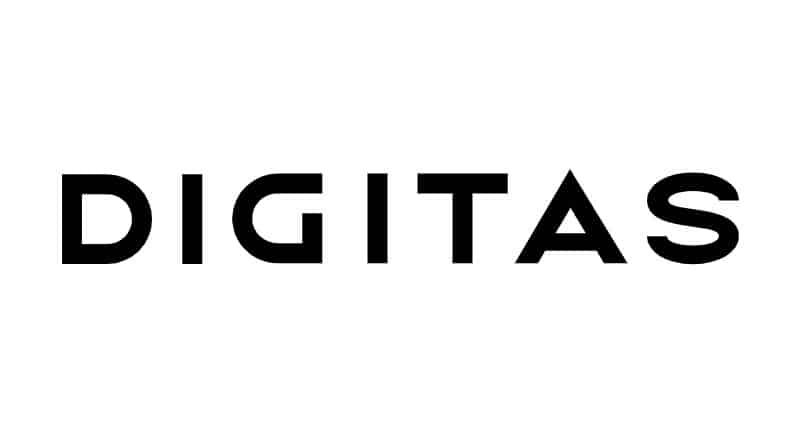
How much of an impact has economic uncertainty been in 2022?
Brock noted that economic uncertainty necessitates caution but also generates the kind of urgency businesses need to motivate meaningful change.
“For us, the economic realities of 2022, and the increasing uncertainty of the year ahead, have been a key motivator for unifying our offering across ANZ, enabling us to create a stronger and more resilient agency that’s better equipped to support our clients through the uncertainty they are facing,” he added.
Looking ahead, what do you see are the key trends of 2023?
“Everything in marketing is now commerce,” Brock said. “Every brand impression, no matter the format, can link directly to a value exchange between brand and customer – whether that be a sale, a signup or a swipe.”
Brock noted that marketing people with a commerce mindset will be accelerated and promoted ahead of their funnel-focussed peers.
“They’ll be better equipped to demonstrate ROI in a period when every dollar invested by businesses is going to be critically scrutinised,” he explained.
What are three industry issues on your mind?
Brock shared that among the three industry issues on his mind is wastage on ineffective marketing strategies and channels in Australia.
“That level of ineffectiveness is criminal and won’t be sustainable in an increasingly difficult economic climate,” he said.
Brock noted that globally one in four marketing dollars is spent on marketing technology.
“Globally, 1 in 4 marketing dollars is spent on marketing technology,” Brock said.
“But locally, 50% of CMOs aren’t confident their teams have the skills needed to unlock the value of these investments. There’s a huge opportunity to create a competitive advantage by developing strong data cultures both client-side and agency-side.”
Brock added: “‘Advertising people’ are the second least trusted profession in the country, outdone in untrustworthiness only by used car salespeople. With a national talent crunch well and truly upon us, how does our industry beef up our trust credentials in order to attract top-tier talent?”
Henry Tajer, chief executive officer – The Influence Group
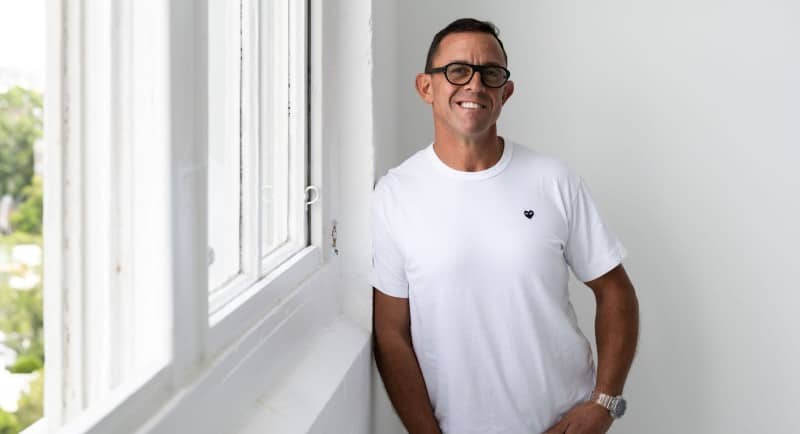
Henry Tajer
What have been key highlights in your company in 2022?
For Henry Tajer, the launch of The Influence Group in February 2022 was a key highlight.
“The ability to bring together capabilities from Pollinate and Social Soup to help our clients across research, influencer marketing, sustainability, e-commerce, strategy services – working collaboratively with our clients and their marketing partners and agencies – is a powerful combination,” he explained.
What are your thoughts on the current state of the media and marketing industry?
Looking at the current state of the media and marketing industry, Tajer pointed out that attention needs to be focused on why a young person would choose a career in the industry.
“As an industry, our single biggest issue is talent, specifically, talent attraction, development, and retention. It is also the biggest financial risk to the industry,” he said.
Tajer added: “Another key development has been how the major media organisations have transformed positively to benefit from new markets like streaming and other subscription-based revenue channels.”
“They head into 2023 with huge potential to maintain and extend growth.”
How much of an impact has economic uncertainty been in 2022?
Tajer said that the impact of economic uncertainty in 2022 has been Australia’s top issue.
“A year ago, health was #1, and the economy/cost of living was #2. Australia is a healthy, advanced economy, so I’m confident the year ahead will be, on balance, positive,” he said.
Tajer noted that companies that invest in their brands will have a clear advantage over those that cut back on investment. “The role that media companies can play in that investment is greater than ever before,” he added.

Looking ahead, what do you see are the key trends of 2023?
Among the key trends Tajer forecasted in 2023 is more investment at the cost of performance media.
“Performance will be redefined, with brand marketing assuming a more significant role than it has in the past decade,” he said.
Tajer also noted: “We will also see greater pressures and challenges on the talent front, and the ongoing growth and maturing of the influencer marketing sector, which will remain the fastest growing area in marketing.”
What are three industry issues on your mind?
Tajer had four industry issues on his mind. He said: “Retail: it’s coming back to store near you and bricks-and-mortar retail will enjoy a revival.”
“Travel could be a key contributor to economic growth in 2023. In the financial services industry, cost of living pressures and interest rate movements could trigger stronger competition between the major banks and financial institutions.
“With government, the year ahead will see major reductions in advertising and communications budgets,” he added.
–
Top image, left to right: Veronica Cremen, Luke Sullivan, John O’Neill, Simon Brock, Daniel Isaac and Henry Tajer
